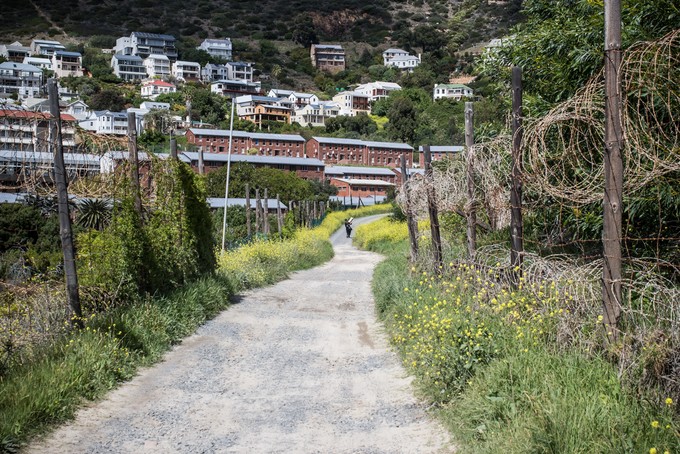Happy Valley: where people get their lives back on track
Shelter treats homeless people with dignity
Happy Valley, a homeless shelter in the picturesque suburb of Simon’s Town, Cape Town, is celebrating its 20th anniversary.
The shelter was established in 1996 in a former weapon arsenal by a joint effort of the magistrate of Simon’s Town and the surrounding churches as a primary stepping stone for homeless adults by providing accommodation and food in return of a small monthly fee of R650.
About 65 people refer to Happy Valley as their home for a time period of six months after which residents who are not staff are supposed to move out.
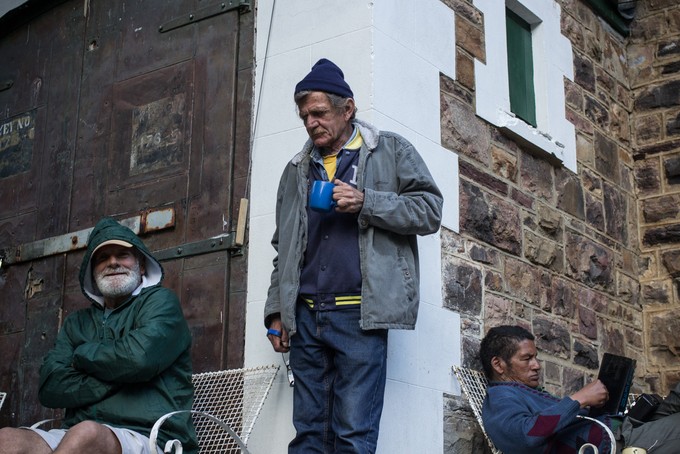

The manager, Cynthia Ann Dollery, and her staff, make an effort to supply the residents with the rehabilitation they need and possible employment. The aim is to reunify them with their families.
But it is not easy. Some residents require health or psychiatric care which she cannot offer and others do not own an ID book. It is a “big problem, [because] without an ID you cannot find work”, says Dollery.

“I have had a hard life and my trauma therapist tells me how broken I am, which upsets me. But I need therapy because of what I have been through in life,” says one of the residents, Jennifer Fairchild, 49, from Fish Hoek.
She successfully graduated with several degrees and worked as a sworn translator for the Supreme Court of South Africa until her health worsened and one painful experience after the other led her to the shelter. In 2015 her landlord evicted her. After that her world fell apart leaving her with no job, no money, bad health and a nicotine addiction.
Most of the 65 residents in Happy Valley experienced different factors which drove them onto the streets. Some of the most common ones are family dysfunction, financial crisis, mental and physical health issues, social disintegration and criminal affiliation.

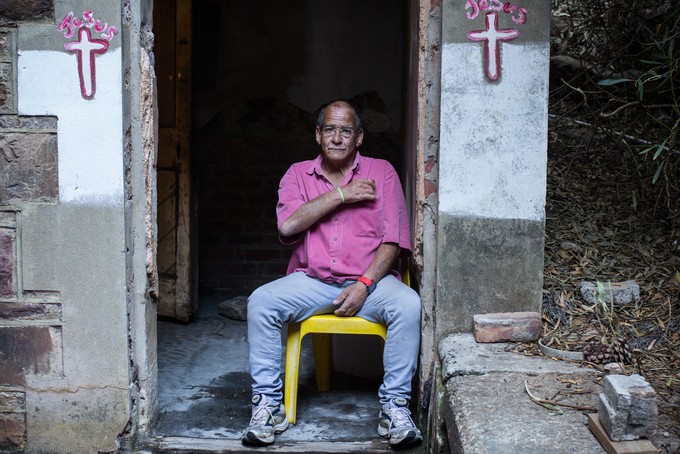
A 2008 Human Science Research Council study estimated that 100,000 to 200,000 South Africans are homeless.

Dollery says Happy Valley accommodates a “very mixed bunch of people”. For some of the 23 to 75-year-old residents it is the first time living in a shelter while others have lived on the streets or in shelters before.
“Some of the residents look so neat that visitors do not believe that it is a shelter,” says a volunteer.
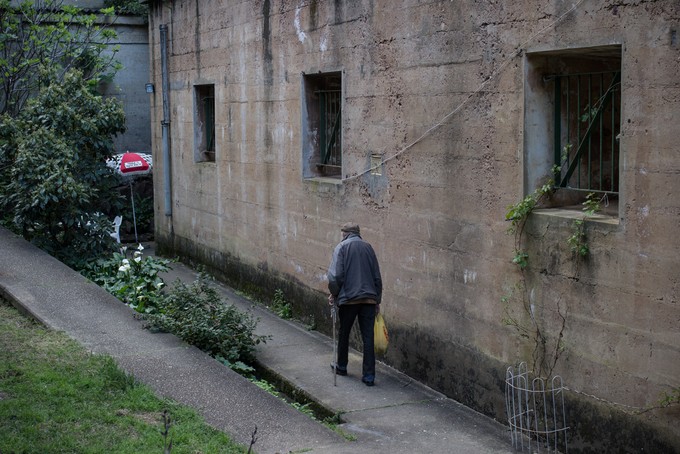
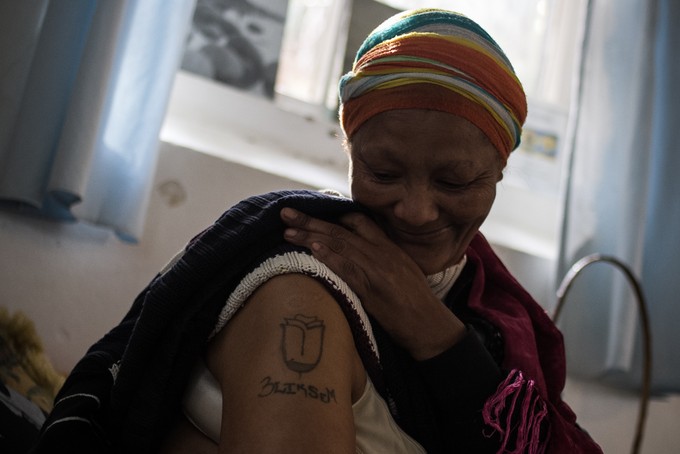
Next: Wits international students worry about possible loss of academic year
Previous: Wildebeestkuil residents have been waiting 15 years for their land
© 2016 GroundUp. 
This article is licensed under a Creative Commons Attribution-NoDerivatives 4.0 International License.
You may republish this article, so long as you credit the authors and GroundUp, and do not change the text. Please include a link back to the original article.

